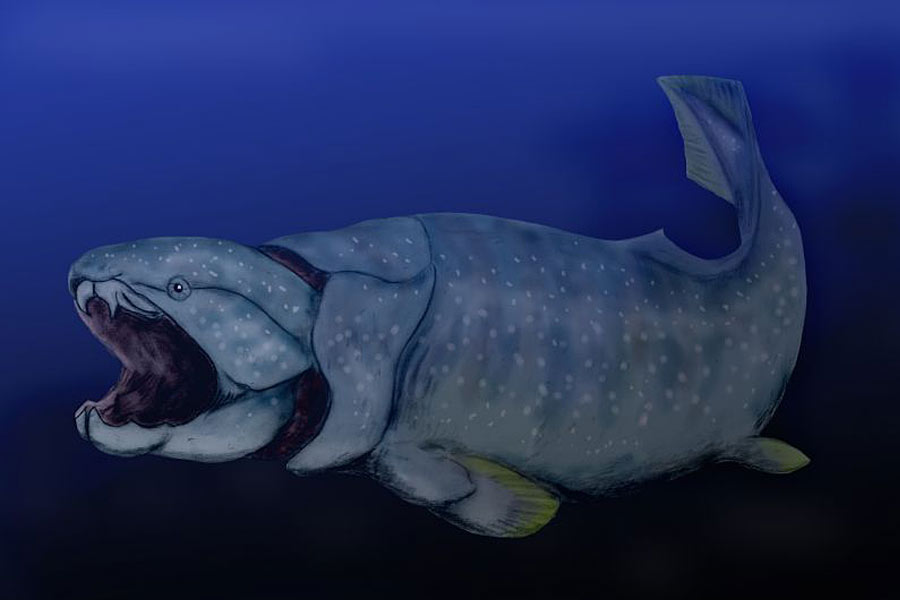This was most unexpected—so unexpected, in fact, that it was some years before scientists realized quite what they had found. Today, however, Shark Bay is a tourist attraction—or at least as much of a tourist attraction as a place hundreds of miles from anywhere much and dozens of miles from anywhere at all can ever be. Boardwalks have been built out into the bay so that visitors can stroll over the water to get a good look at the stromatolites, quietly respiring just beneath the surface. They are lusterless and gray and look, as I recorded in an earlier book, like very large cow-pats.

But it is a curiously giddying moment to find yourself staring at living remnants of Earth as it was 3.5 billion years ago. As Richard Fortey has put it: "This is truly time traveling, and if the world were attuned to its real wonders this sight would be as well-known as the pyramids of Giza." Although you'd never guess it, these dull rocks swarm with life, with an estimated (well, obviously estimated) three billion individual organisms on every square yard of rock. Sometimes when you look carefully you can see tiny strings of bubbles rising to the surface as they give up their oxygen. In two billion years such tiny exertions raised the level of oxygen in Earth's atmosphere to 20 percent, preparing the way for the next, more complex chapter in life's history.












